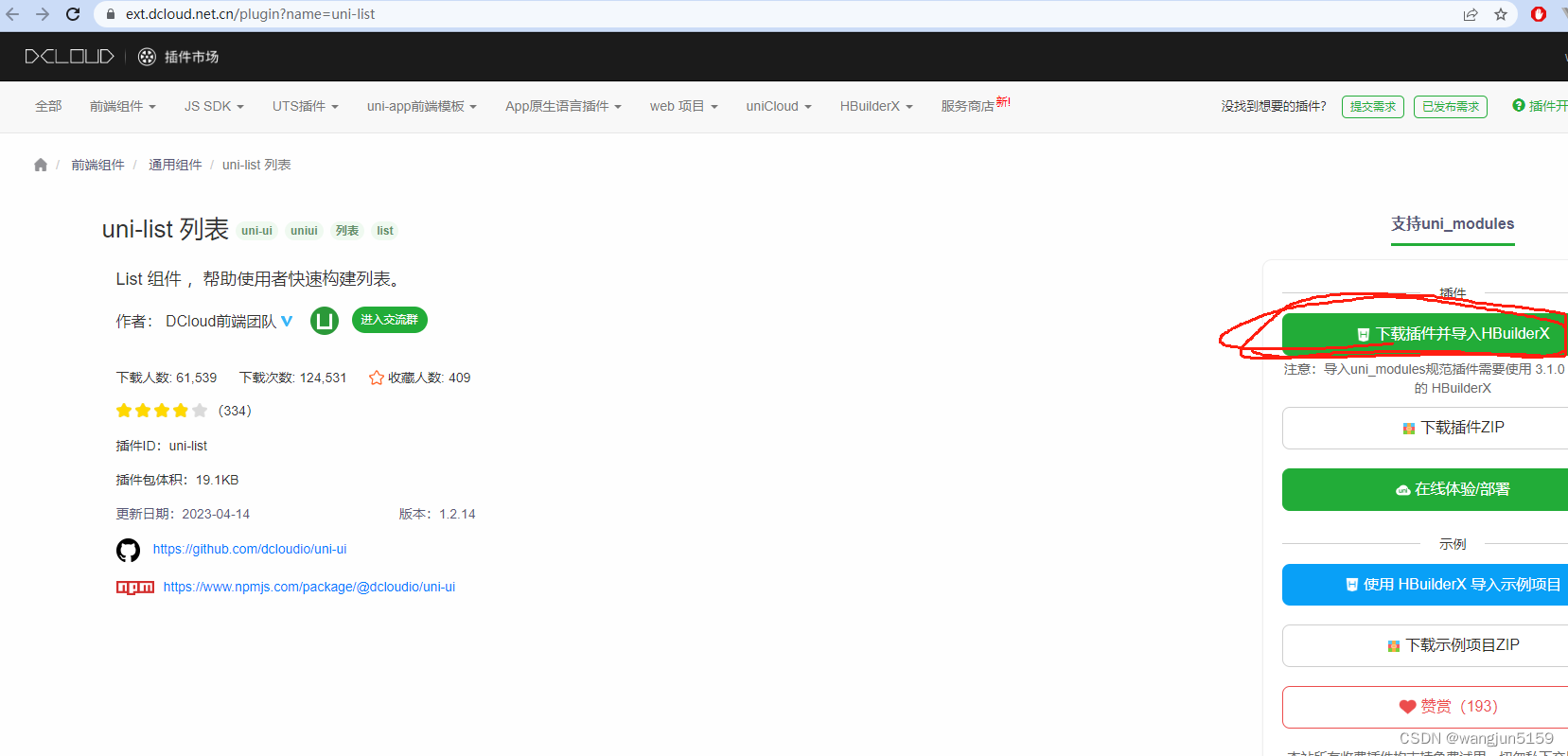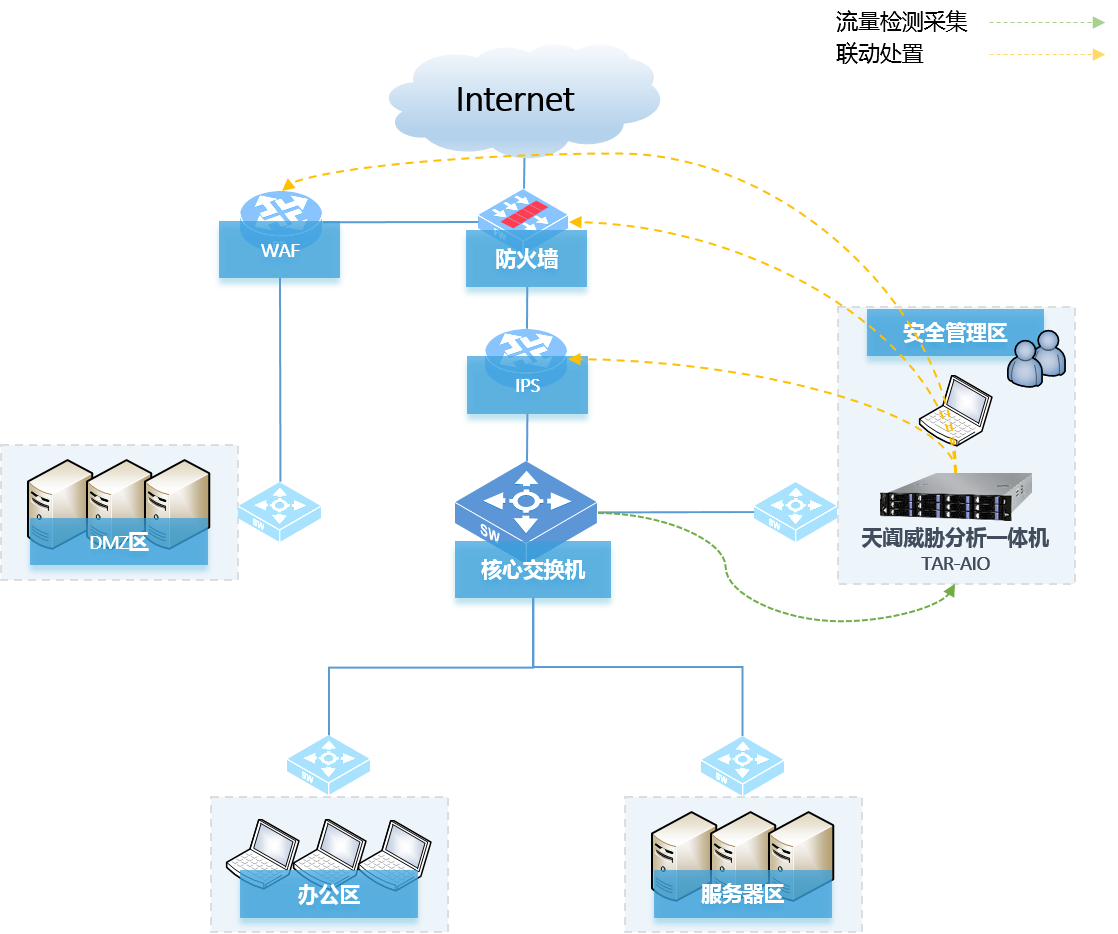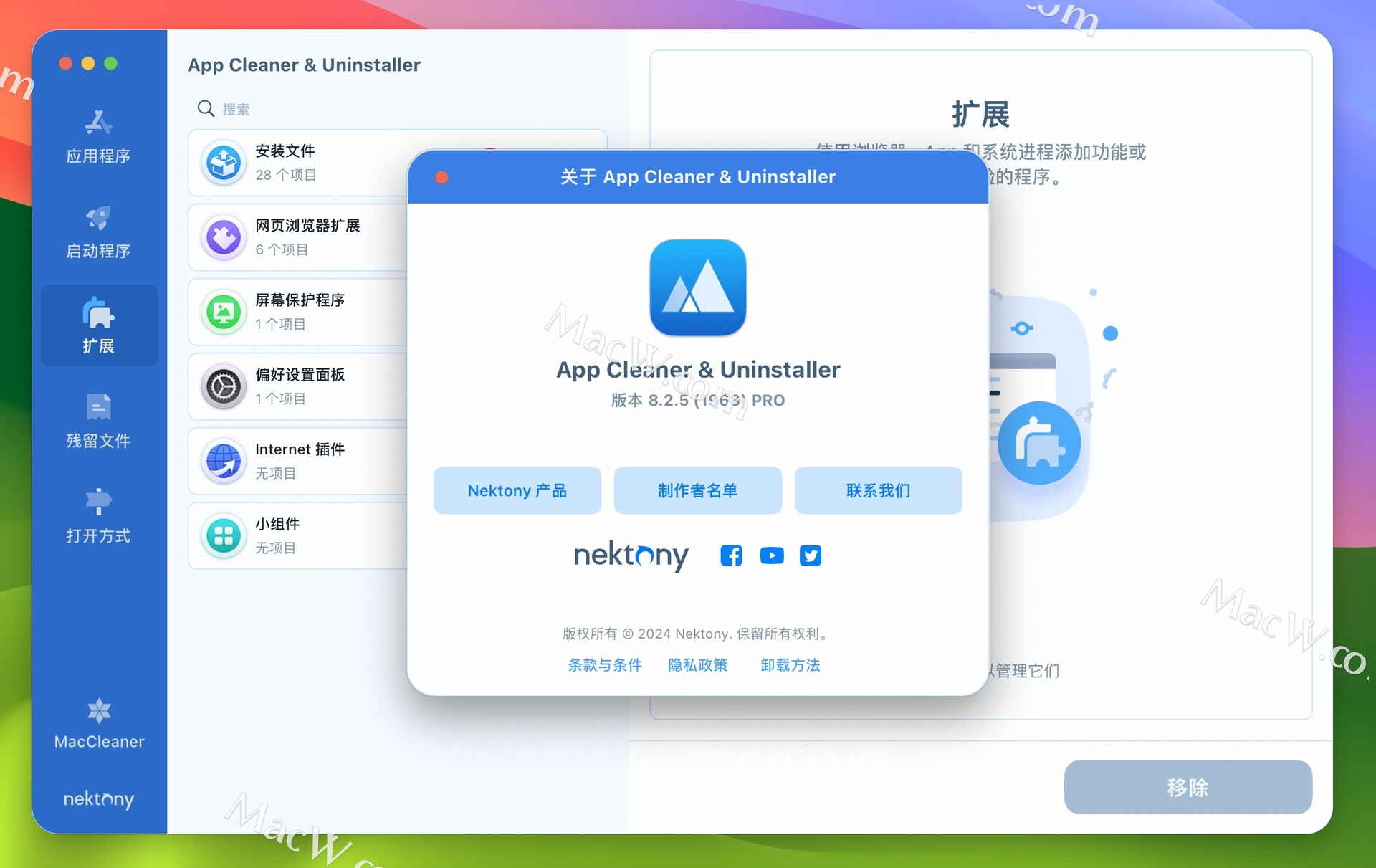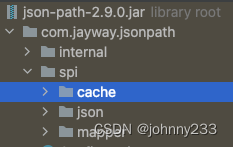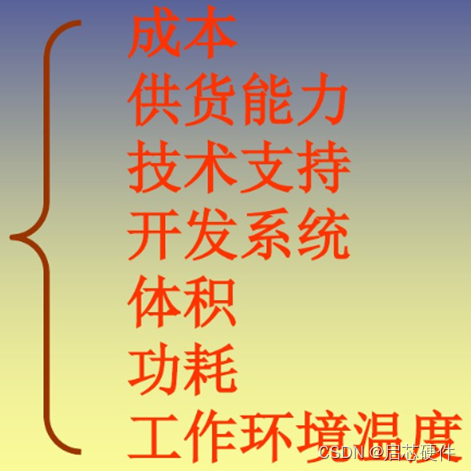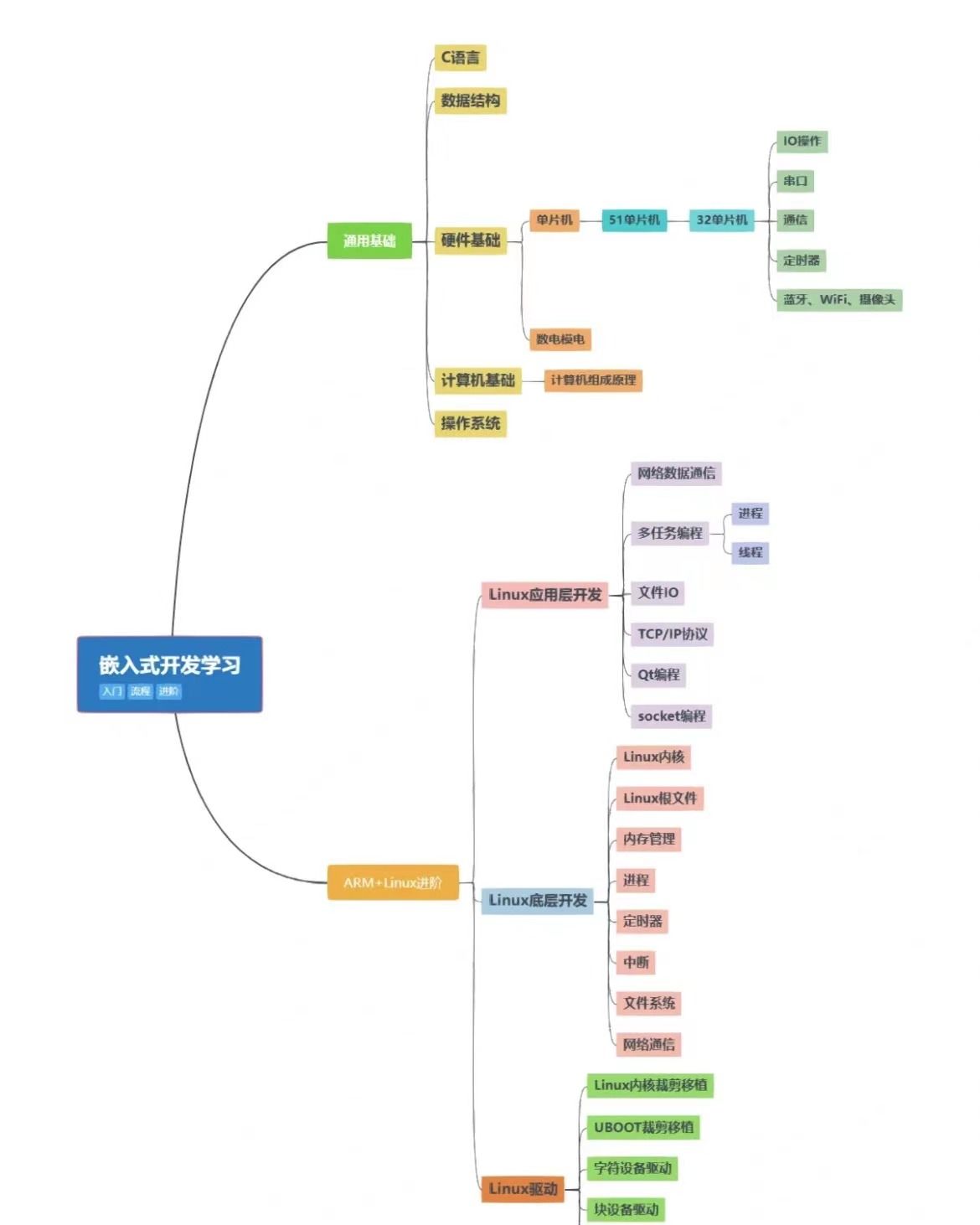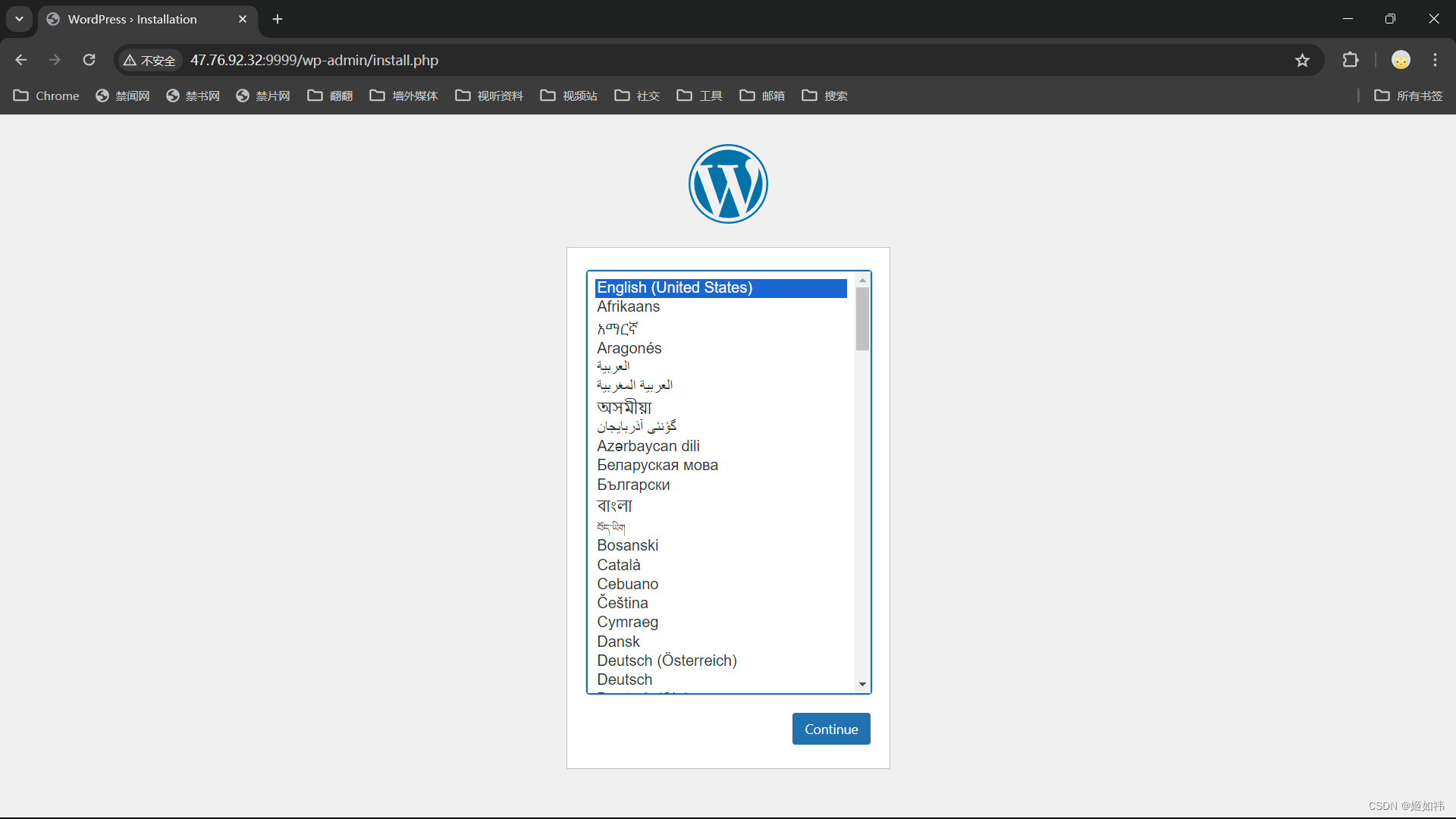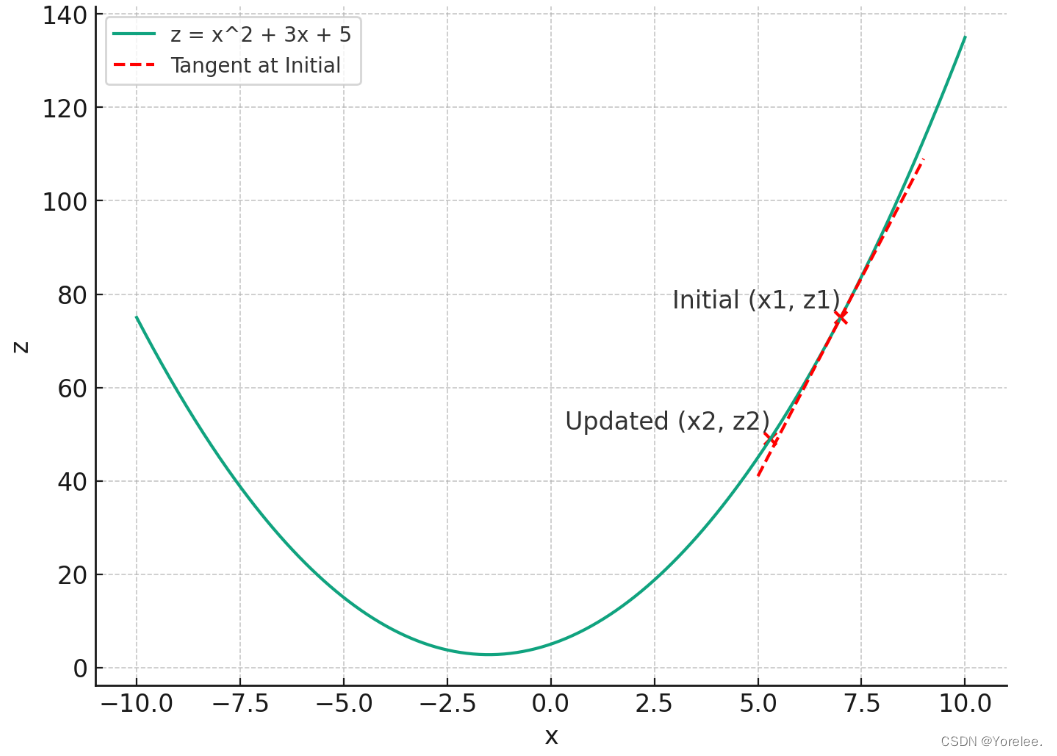在uni-app中,要实现canvas绘图并记录每一步的信息以实现后退功能,你需要做几件事:
-
初始化Canvas上下文:首先,你需要在页面加载时初始化canvas上下文。
-
记录绘图步骤:在绘图过程中,你需要记录每一步的详细信息,如路径的坐标点、颜色、线宽等。
-
实现后退逻辑:当用户点击后退按钮时,你需要从记录的步骤中移除最后一步,并重新绘制剩余的步骤。
下面是一个简化的示例代码,展示了如何实现这些功能:
vue复制代码
<template> | |
<view> | |
<canvas canvas-id="drawCanvas" @touchstart="touchStart" @touchmove="touchMove" @touchend="touchEnd" style="width: 100%; height: 300px;"></canvas> | |
<button @click="undo">撤销</button> | |
</view> | |
</template> | |
<script> | |
export default { | |
data() { | |
return { | |
ctx: null, // canvas上下文 | |
steps: [], // 绘图步骤数组 | |
currentPath: { // 当前正在绘制的路径信息 | |
points: [], | |
color: '#000000', | |
lineWidth: 2, | |
}, | |
}; | |
}, | |
methods: { | |
// 初始化canvas上下文 | |
initCanvas() { | |
this.ctx = uni.createCanvasContext('drawCanvas'); | |
}, | |
// 开始绘图 | |
touchStart(e) { | |
this.currentPath.points = []; // 清空当前路径的点 | |
this.currentPath.points.push({ x: e.touches[0].x, y: e.touches[0].y }); // 添加起点 | |
}, | |
// 绘制路径 | |
touchMove(e) { | |
this.currentPath.points.push({ x: e.touches[0].x, y: e.touches[0].y }); // 添加新的点 | |
this.drawCurrentPath(); // 绘制当前路径 | |
}, | |
// 结束绘图并保存步骤 | |
touchend() { | |
if (this.currentPath.points.length > 1) { | |
this.steps.push({ ...this.currentPath }); // 保存当前路径为一步 | |
} | |
this.currentPath.points = []; // 清空当前路径的点,为下一次绘图做准备 | |
this.drawSteps(); // 重新绘制所有步骤 | |
}, | |
// 绘制当前路径 | |
drawCurrentPath() { | |
this.ctx.beginPath(); | |
this.ctx.moveTo(this.currentPath.points[0].x, this.currentPath.points[0].y); | |
this.currentPath.points.forEach((point) => { | |
this.ctx.lineTo(point.x, point.y); | |
}); | |
this.ctx.setStrokeStyle(this.currentPath.color); | |
this.ctx.setLineWidth(this.currentPath.lineWidth); | |
this.ctx.stroke(); | |
this.ctx.draw(true); // 立即绘制,不清除之前的内容 | |
}, | |
// 绘制所有步骤 | |
drawSteps() { | |
this.ctx.clearRect(0, 0, this.ctx.width, this.ctx.height); // 清除画布 | |
this.steps.forEach((step) => { | |
this.ctx.beginPath(); | |
this.ctx.moveTo(step.points[0].x, step.points[0].y); | |
step.points.forEach((point) => { | |
this.ctx.lineTo(point.x, point.y); | |
}); | |
this.ctx.setStrokeStyle(step.color); | |
this.ctx.setLineWidth(step.lineWidth); | |
this.ctx.stroke(); | |
}); | |
this.ctx.draw(true); // 立即绘制,不清除之前的内容 | |
}, | |
// 撤销最后一步 | |
undo() { | |
if (this.steps.length > 0) { | |
this.steps.pop(); // 移除最后一步 | |
this.drawSteps(); // 重新绘制剩余步骤 | |
} | |
}, | |
// 页面加载时初始化 | |
onLoad() { | |
this.initCanvas(); | |
}, | |
}, | |
}; | |
</script> | |
<style> | |
/* 这里可以添加一些样式 */ | |
</style> |
在这个示例中:
initCanvas方法在页面加载时初始化canvas上下文。touchStart,touchMove, 和touchend方法分别处理用户触摸开始、移动和结束的事件,用于绘制路径
欢迎加入“前端组件开发学习”交流群,一起学习成长!可关注 “前端组件开发” 公众号后,私信后申请入群。





